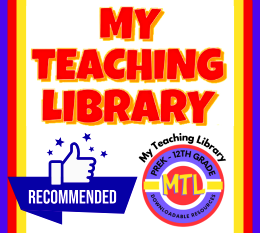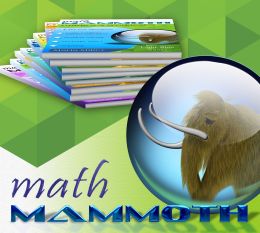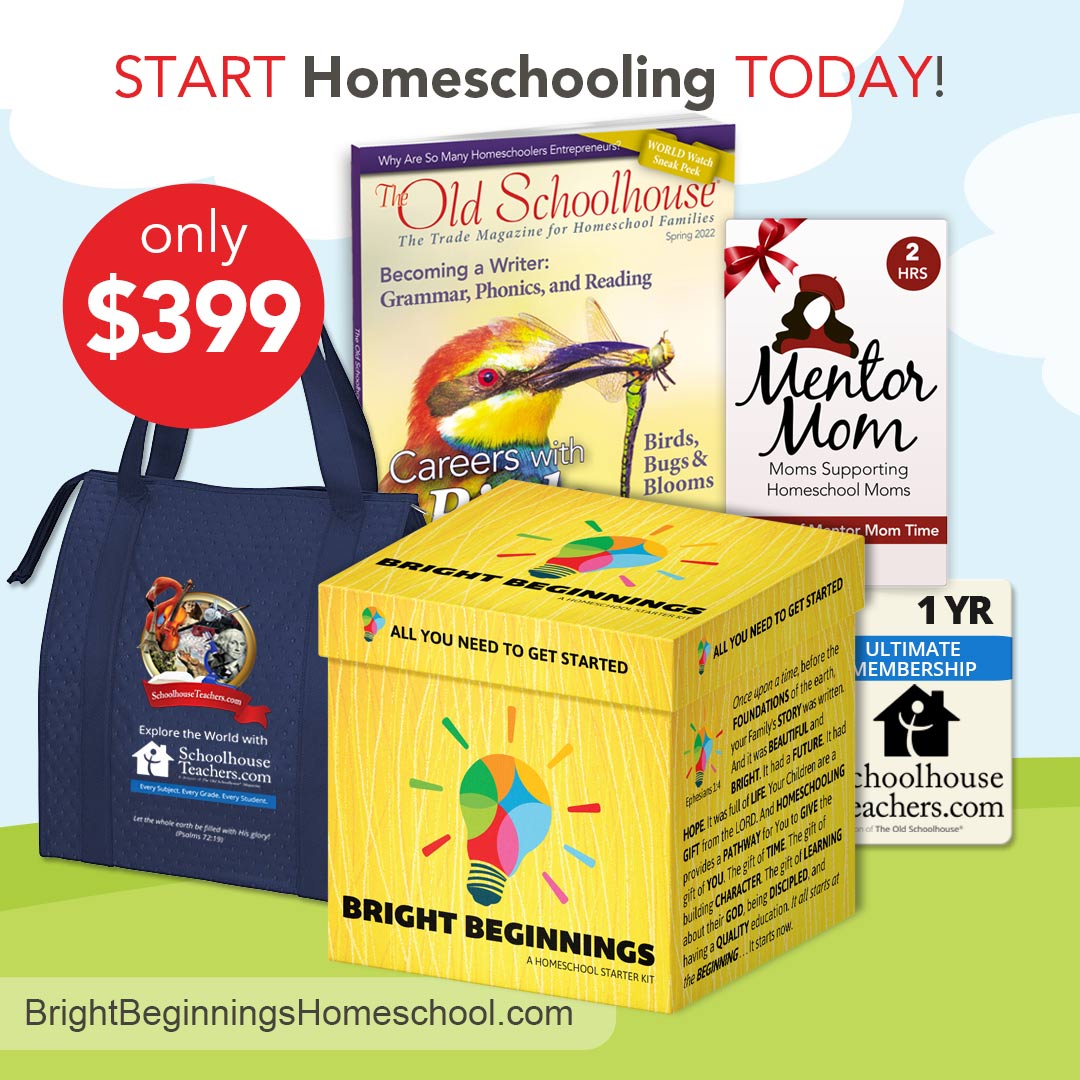TOY TALK from Dr. Toy on the Importance of Smart Play and Smart Toys
Children love toys. From the colorful mobile overhead that attracts a baby’s attention to the tower of LEGOs built by your little architect, well-designed toys stimulate your child’s mind.
Young ones absorb messages from toys through all stages of their growth. The kinds of toys selected and how your youngster plays with them will influence how well she meets her learning potential. Choosing the right toys for her play is not easy. It can be a real challenge to find the right product, at the right time, for the right price.
And once you’ve done the above, there’s the added challenge of getting the maximum value from the toy.
We’ve all heard about IQ (intelligence quotient). It is a classic predictor of your child’s mental ability. I believe that your child’s PQ, his Play Quotient, is an equally vital factor that affects how well your young one will attain the best of his physical, creative, and intellectual potentials.
Play is your child’s work. Through play, children practice the basic skills needed for learning—and in life. Guided play in the right environment will help your child gain the tools she needs to sharpen her thinking and heighten her sensitivity. To assist your child in succeeding with skill-building, we will look at the different ways your child uses toys, and you’ll become informed about finding the right toys and skilled at helping your child expand his or her PQ.
These early years are intensely formative: a period when children gain knowledge about themselves and about their environment, develop basic motor skills, discover many of their abilities, and gain the self-image and security that lasts a lifetime.
Like little sponges, children begin observing and absorbing from infancy. They learn by using all of their senses: sight, sound, smell, taste, and touch. Through observation, mimicry, and experimentation, children learn about the world around them and begin to gain mastery of essential skills.
When a parent is involved with a baby—smiling at her, creating silly, different sounds, making baby laugh—the parent becomes the baby’s first “Big Toy.” Fathers who enjoy close contact with their infants soon are distinguished by the different ways they play. The baby quickly learns to respond to different persons’ sounds and touches. Through such interchanges, the infant becomes aware of individual people. Also, she becomes sensitive to the environment around her.
The secondary motor stage of child development occurs during the first five years. It is the time when the most rapid physical, emotional, and mental growth takes place. And at each stage of this development, a child needs different kinds of stimulation, enhanced by different kinds of toys and play strategies.
Importance of Play
Play is a natural phenomenon. Before you examine the toys to be used by your young one, it helps if you understand the principles of play. Of particular importance is understanding that play enriches both sides of the brain—right and left hemispheres. Thus, the underlying principle of play, smart play, is that the child will gather essential experiences necessary for her fullest mental development.
You must understand your child’s need to explore, to meet and play with other children. It is best not to interfere with your little one’s activity. Instead, serve as your child’s Play Tutor—observe, enhance, and augment her experiences.
When playtime is ending, for example, it is important to give the child enough advance notice so she can have time to bring the activity to a satisfying close. If we respect our children’s playtime, the child is almost always more cooperative when they must change gears to eat, nap, or go elsewhere.
In play, children gain mastery over themselves and learn their own power in relationships with others. They grasp social values such as biases and responsibilities. They communicate better. They absorb concepts such as making judgments. Each child expresses a unique style of play. The ways he plays when he is young reflects how he will deal with others during later life.
Allow your child to select his own form of play, as his choices are important for his individual growth. Rigid rules can be a damper to natural self-expression. As parent and Play Tutor, honor your offspring’s early learning domain. Provide appropriate skill-building toys.
When children enjoy what they are doing (provided what they are doing is positive behavior), there is less need for your discipline or your worry. If they are having fun, children can play with blocks, construct buildings, or play with other children in mutual cooperative activities for long periods of time.
Adults sometimes forget the importance of play. Through their play, children tell us what they are thinking and how they are feeling. If there are problems, their play will reveal them. Play therapy is an important way to treat children who are having difficulty with traumas, emotional issues, or other problems. You can better understand your child if you listen and watch her at play.
Childhood is full of magical moments: receiving that first dress-up doll, setting up the tracks of that first train (or watching Dad take over!), learning to play jacks and ball, jumping rope, doing tricks with your yo-yo, sailing a wooden boat on a pond, having an afternoon tea party with dolls and little teacups, and cooking over your little toy stove.
These are some of the vivid pictures, fondly recalled, that rush by when adults watch their own baby in his crib. Their new baby playing with his toes or with their fingers, or trying to catch light coming through the window, sparks scenes from the parents’ own childhood.
What toys will you provide to create those enchanting moments for your precious infant’s future joy?
Certainly the basic function of any toy is to give pleasure to a child. Whether high-tech or old-fashioned, toys open exciting doors to fresh awareness. So, before evaluating or thinking about toys for your young one, try to think back to your own times with toys. It will strengthen the empathy you have— and need—for your child.
How to Find the Best Toys that Match Your Child
These days, going into any toy store or searching online or through a toy catalog can be over whelming. There are toys and playthings with many choices in every category! There are so many varieties today that any single store or online store has great difficulty stocking all of them. The toy buyer has to discriminate and make careful selections. So do you.
You may start your search by visiting our website (www.drtoy.com). Dr. Toy’s Guide is our online magazine, which offers articles about most kinds of toys and provides descriptions of hundreds of our selected best, award-winning products. A customer-service number is provided for each item so that you can find a store near you to help locate it.
You may also refer to my book, Dr. Toy’s Smart Play/Smart Toys for more in-depth guidance on play through age 12 and for children with special needs. You may order a copy from www.drtoy.com, your local toy store, or from www.educationalinsights.com.
You may check the website of the American Specialty Toy Retailing Association (www.ASTRA.org) for specific locations of special stores that offer high quality products located nearest you.
As Dr. Toy, I carefully evaluate numerous items throughout the year to narrow the choices for the annual “100 Best Children’s Products”awards and during the spring for “Best Vacation”products. I also review “Classic Toys”and “Smart Play Products of Excellence.”The results are found on our website in Dr. Toy’s Guide. The guide includes features about after-school and vacation items, classic toys, and many other kinds of toys and play products. This service is free. As a resource I have included some excellent examples of this year’s winners.
Alternatively, you may also write for a current listing of this information by sending a self-addressed stamped #10 envelope to 268 Bush Street, San Francisco, California, 94104.
I suggest when you shop for toys you take your child along at least once a year, but avoid the pre-holiday frenzy. Make an outing of it. Let him show you the things he likes. You will hear about items he’s seen on TV or talked over with friends. Let him create a “wish list.”Get him involved in the selection process.
Still, prepare your young one carefully ahead of time so he knows that everything that attracts his attention may not necessarily be purchased. The skill of saying “no”gently but firmly—and sticking to it—is possibly a parent’s greatest challenge.
For the child under 3, analyze what she needs before going to the store. Her attention span is short, so you will want to narrow the different choices into specific categories. Give her the choice among two or three possibilities. Gather a few pos- sibilities and then ask her, for example, “Which puzzle do you like?”Screen the products ahead of time. Giving your child several options is important to her learning process. This helps her become more discerning and self-confident by allowing her free choice while you exercise the necessary control over what she chooses.
Playing Games
Games provide many benefits to your child. They help children learn new information, strategy, and problem solving. Plus, they are fun to play. This is a great way for the whole family to have enjoyable times together. Select from among a number of great new games now available.
Dr. Toy’s Checklist for Selecting Good Toys
Good toys possess many attributes. Consider the toy if it has many “star qualities”:
- Toy should fit your family’s values, aesthetics, and budget.
- Good toys match your child’s interests and age, and also provide magic—plus surprise and learning.
- Good toys support all elements of play. They provide durability and simplicity in style.
Ask yourself these questions about a potential toy purchase:
- Does the toy possess consistency?
- Does it respond based on what the child does?
- Does it ultimately give the child a feeling of accomplishment?
- Does it offer creativity?
- Does it help the child expand imagination?
- Does the toy encourage your child to experiment and explore without limit?
Products must enhance the child’s play experiences and, of course, be fun!—a certain tangible yet elusive quality essential in all children’s products.
Dr. Toy’s Suggested Smart Toys for Learning and Fun
Here are some excellent examples of learning and play products from this year’s winners:
9 Piece Puzzles
Age 4 and up • $7.95
Learning Resources • 800-222-3909
www.learningresources.com
info@learningresources.com
Ages 5-12 • $89.99
VTech Electronics • 800-521-2010
www.vtechkids.com
vtechkids@vtechkids.com








































